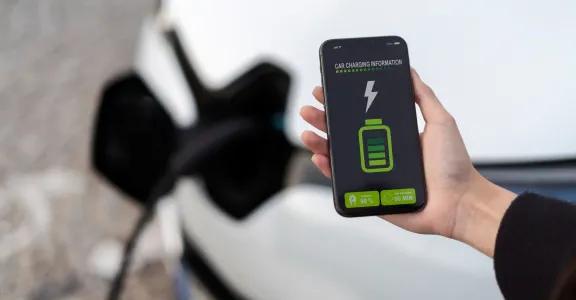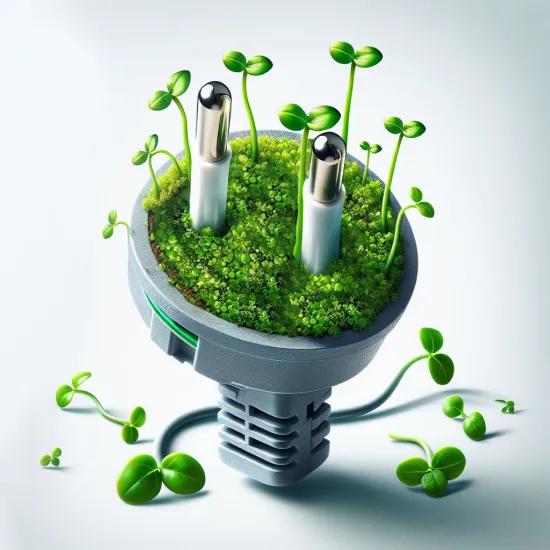New electrolyte enables higher charging efficiency in cold conditions
Newly developed electrolytic materials for lithium-ion batteries could significantly improve the charging efficiency of the batteries in (extremely) cold weather.
According to CATL, the Chinese company controlling more than one third of the global electric car batteries market, the new electrolyte could offer a 50% higher charging efficiency at -20 °C and 43% under normal temperatures.
In car batteries, an electrolyte solution transfers the charge between the two electrodes of a battery. Cold conditions slow down the reactions in this electrolyte solution, while cold weather also requires more capacity to heat the electric vehicle, which inevitably reduces the range.
CATL has now developed a new type of battery with a range of 400 km with a 10-minute charge time, and would be able to produce it on a large scale as early as by the end of 2023. The longer-term goal is to achieve a charging time of 5 to 7 minutes, with a maximum range of 700 km.
Faster, further
Toyota also recently revealed that it would offer electric cars powered by solid-state batteries within a few years. These batteries work with a solid, rather than a liquid, battery mass which allows more energy to be stored in the battery. This type of battery would be able to offer more power and longer ranges, while also being lighter, smaller and cheaper. The car manufacturer announced that the range of the cars would be extended to 1,200 kilometres, while the cost and weight will be halved compared to today's traditional lithium-ion batteries. All this with a charging time of just 10 minutes.
However, it remains to be seen whether solid-state batteries can be produced on a large scale even within a few years.
Importance of realistic testing
Cold conditions are currently a major obstacle for batteries, not only for electric vehicles, but also for other applications. To improve the performance of existing batteries and develop new types, testing in realistic conditions is essential. Sirris therefore regularly tests (large) batteries for the same problem in its large climate chamber. Want to know more about our climate chamber and its possibilities? Take a look here!




